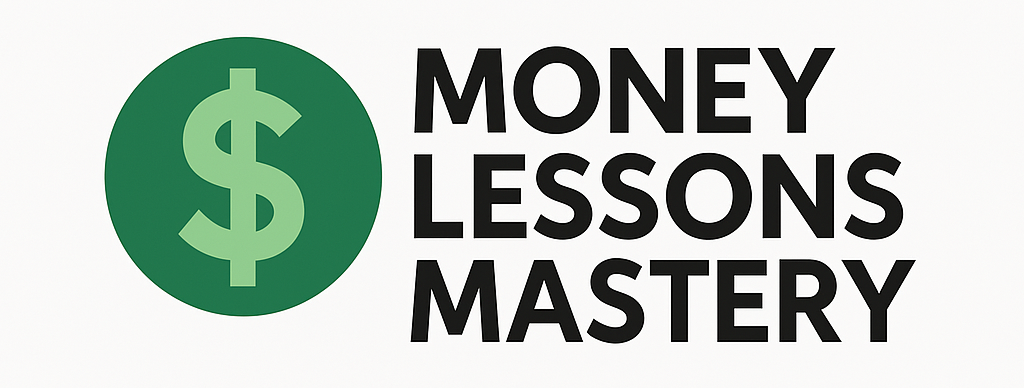Financial independence isn’t just a dream—it’s an achievable goal with the right mindset and strategy. By aligning your spending habits, saving plans, and investment decisions, you can enjoy greater freedom and security in life. If you’re ready to take control of your financial future, here are some practical steps to help you prepare for lasting independence.
1. Define What Financial Independence Means to You
Financial independence looks different for everyone. Some may see it as early retirement, while others want the ability to work by choice, not necessity.
- Determine your “freedom number”: Estimate how much you need in savings or investments to cover your expenses without relying on employment income.
- Clarify your lifestyle goals: Are you aiming for a simple life, or do you plan to travel and explore new hobbies? Your goals will shape how much you need to save.
2. Track Your Spending and Create a Budget
Understanding how you spend your money is foundational to building wealth. It helps you identify opportunities to save more and spend less.
- Use a budgeting app: Tools like Mint, YNAB, or even a simple spreadsheet can help you track spending categories.
- Identify wasteful expenses: Cancel unused subscriptions, cut back on dining out, or negotiate bills to free up funds for savings.
- Set realistic spending limits: Create a budget you can actually stick to without feeling deprived.
3. Build a Solid Emergency Fund
Before aiming for financial independence, cover your basic financial security first.
- Save 3–6 months of essential expenses: This protects you from unexpected events like job loss or medical emergencies.
- Keep it in a high-yield savings account: Earn some interest while keeping your cash accessible.
4. Eliminate High-Interest Debt
Debt can be a major roadblock to financial freedom, especially if it’s high-interest like credit card debt.
- Focus on paying off credit cards and personal loans first: These typically have the highest interest rates.
- Consider the snowball or avalanche method: Pick a repayment strategy that keeps you motivated and consistent.
5. Maximize Your Income
Boosting your income can accelerate your journey to financial independence.
- Negotiate your salary: Many people leave money on the table by not asking.
- Invest in skills development: Certifications or training can lead to higher-paying opportunities.
- Explore side hustles: Freelancing, tutoring, or online businesses can add significant income.
6. Invest for Long-Term Growth
Savings alone won’t lead to financial independence—you need to put your money to work.
- Start with tax-advantaged accounts: Max out your 401(k), IRA, or Roth IRA to save on taxes and build wealth.
- Diversify your investments: Spread your portfolio across stocks, bonds, and other assets to manage risk.
- Keep investing simple: Low-cost index funds are a favorite choice of many financially independent individuals.
7. Live Below Your Means
Spending less than you earn is a key ingredient for financial success. The bigger the gap between income and expenses, the faster you can reach independence.
- Adopt minimalist habits: Focus spending on what truly matters to you.
- Avoid lifestyle inflation: Resist the urge to increase spending with every raise or promotion.
8. Monitor Progress and Adjust Your Plan
Reaching financial independence is a long-term effort. Keep tabs on your progress and make adjustments as needed.
- Review your finances monthly or quarterly: Regular check-ins help keep you accountable.
- Rebalance your investments annually: Ensure your portfolio still aligns with your goals and risk tolerance.
- Celebrate milestones: Recognizing progress can keep you motivated and committed.
Final Thoughts
Positioning yourself for financial independence takes time, discipline, and a clear plan. By living within your means, investing wisely, and staying focused on your goals, you’ll gradually build the financial security needed to enjoy life on your own terms. Remember, the journey is just as important as the destination—so start now and stay consistent.
